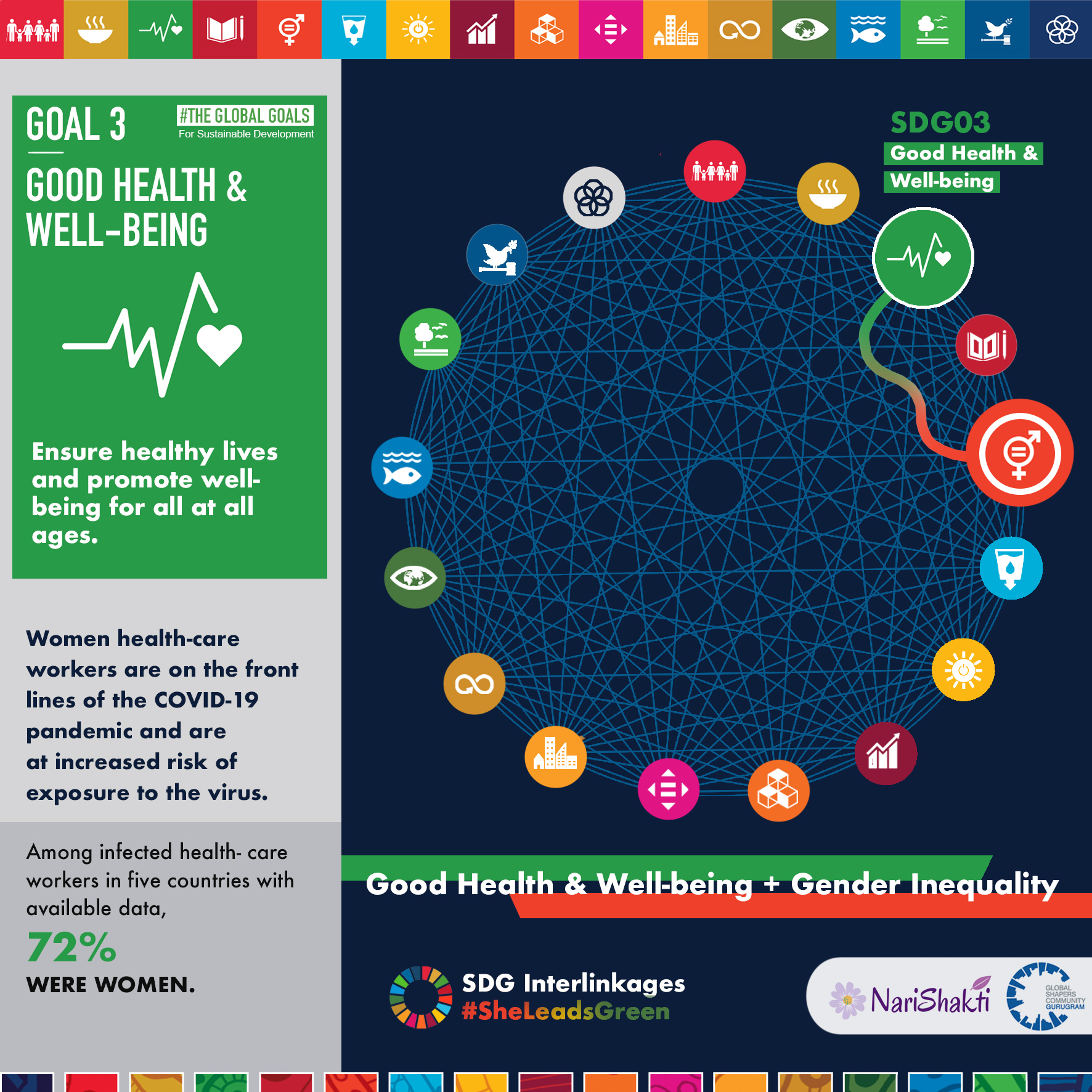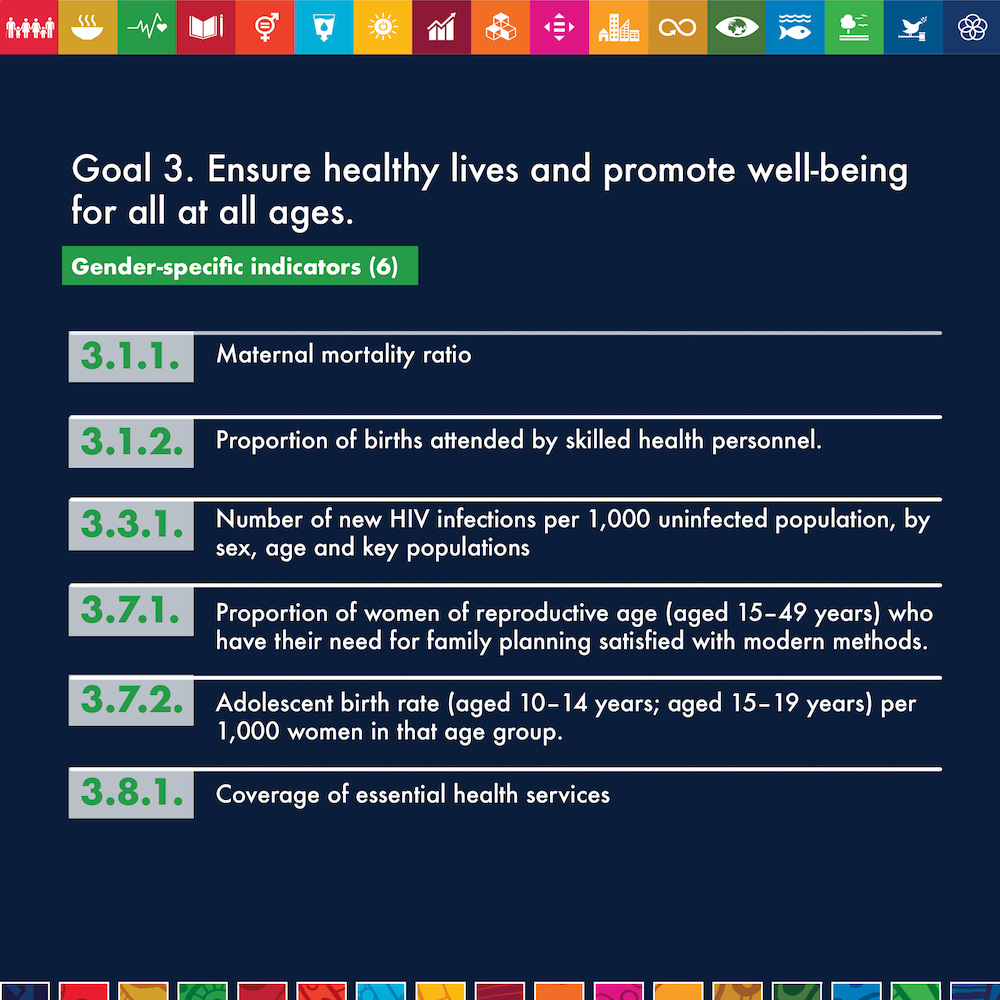
Gender parity for a healthier world (SDG 3)

Why do we need to look at health from a gender lens?
- In 2017, nearly 300,000 women passed away due to complications related to pregnancy and sexual health.
- Also, as per data from nearly 64 countries, lack of access to proper healthcare facilities for women and girls
- There is a deep gender inequalities when it comes to skilled healthcare during childbirth, making for harrowing statistics when looking at the prospects of achieving the targets of SDG 3 from the lens of gender.
How is health and gender-linked?
13 targets and 28 indicators to achieve SDG 03. 6 out of 28 indicators are gender-specific.
- Women have unequal access to healthcare services and women face higher brunt of lack of access of healthcare
- In fact, out of the 27 indicators of SDG 3 on Good Health and Well-being, 6 of them are directly linked to gender indicators. These include maternal mortality ratio, births attended by skilled health personnel, new HIV infections by sex, satisfactory family planning with modern methods, adolescent birth rate and finally coverage of essential health services, including reproductive and maternal health.
What outcomes can we achieve in SDG 3 if we reach gender parity?

Inequalities w.r.t healthcare can be negated through gender parity efforts
- The access to healthcare services during childbirth or otherwise for women would be significantly boosted once gender parity is achieved.
- Improvement in sexual and reproductive health of women will improve once women are given equal access across all spheres towards healthcare, and even the first target of SDG 3 on improving maternal mortality will see significant progress once SDG 5 is focussed upon properly.
References


